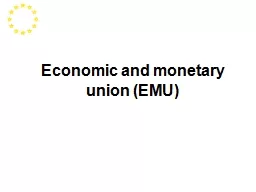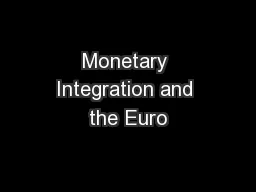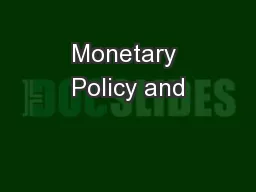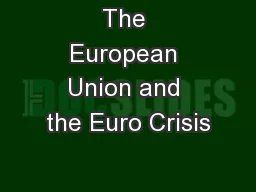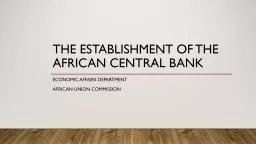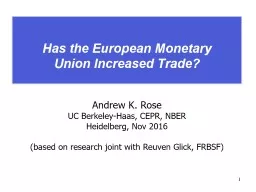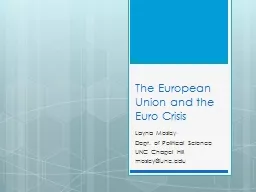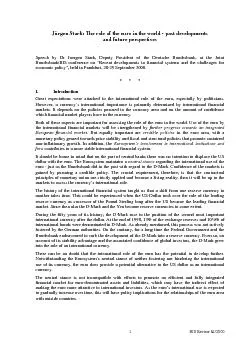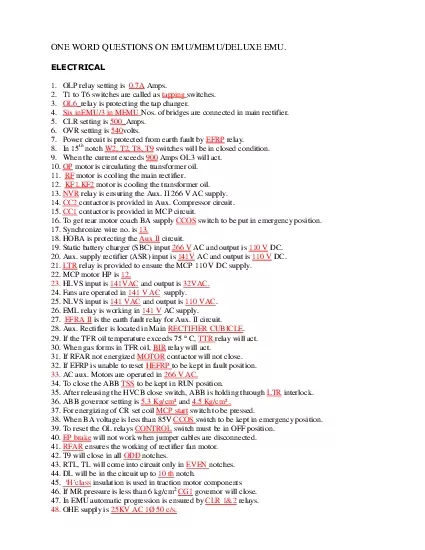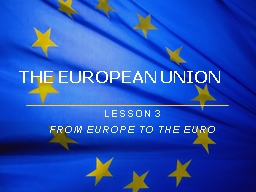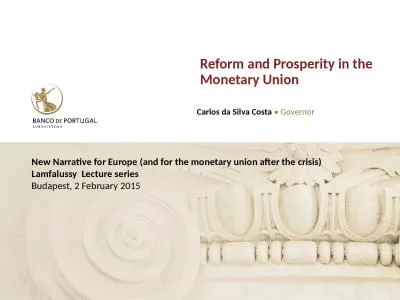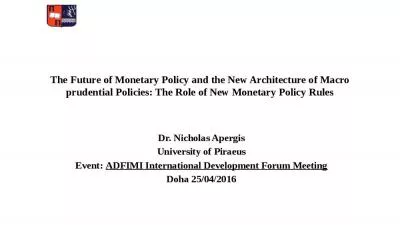PPT-Economic and monetary union (EMU)
Author : lois-ondreau | Published Date : 2018-02-21
EMU involves Policy harmonisation to remove obstacles to factor mobility A more marked and wider range of common policies especially in relation to macroeconomic
Presentation Embed Code
Download Presentation
Download Presentation The PPT/PDF document "Economic and monetary union (EMU)" is the property of its rightful owner. Permission is granted to download and print the materials on this website for personal, non-commercial use only, and to display it on your personal computer provided you do not modify the materials and that you retain all copyright notices contained in the materials. By downloading content from our website, you accept the terms of this agreement.
Economic and monetary union (EMU): Transcript
Download Rules Of Document
"Economic and monetary union (EMU)"The content belongs to its owner. You may download and print it for personal use, without modification, and keep all copyright notices. By downloading, you agree to these terms.
Related Documents

